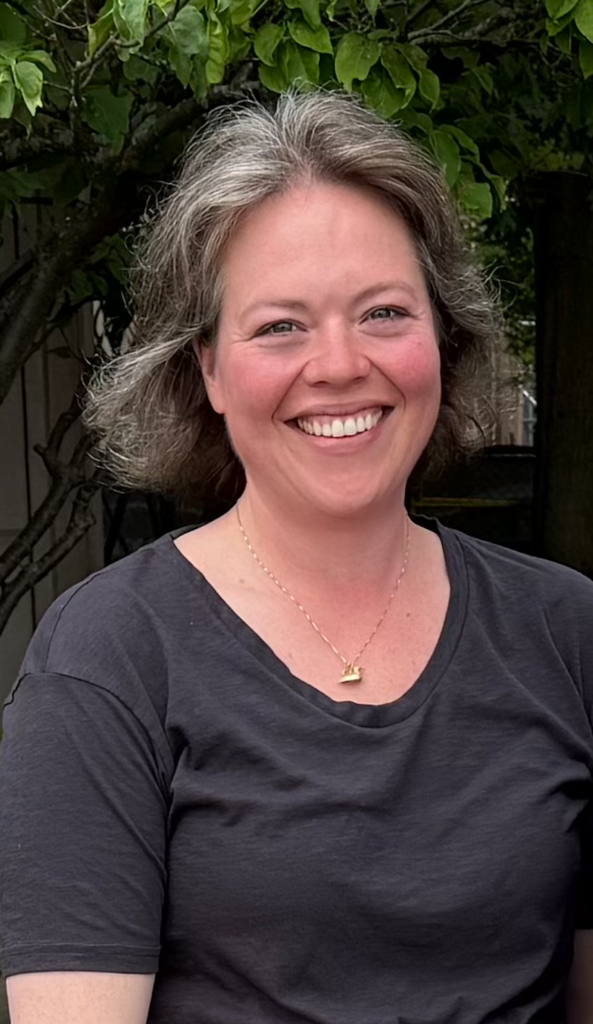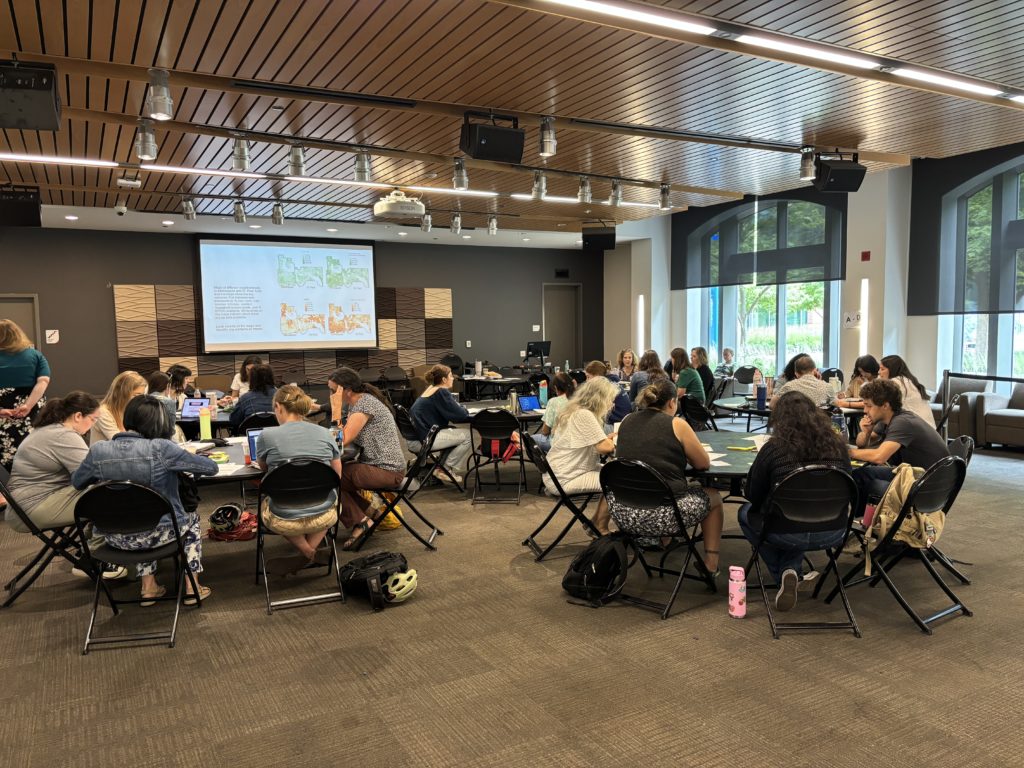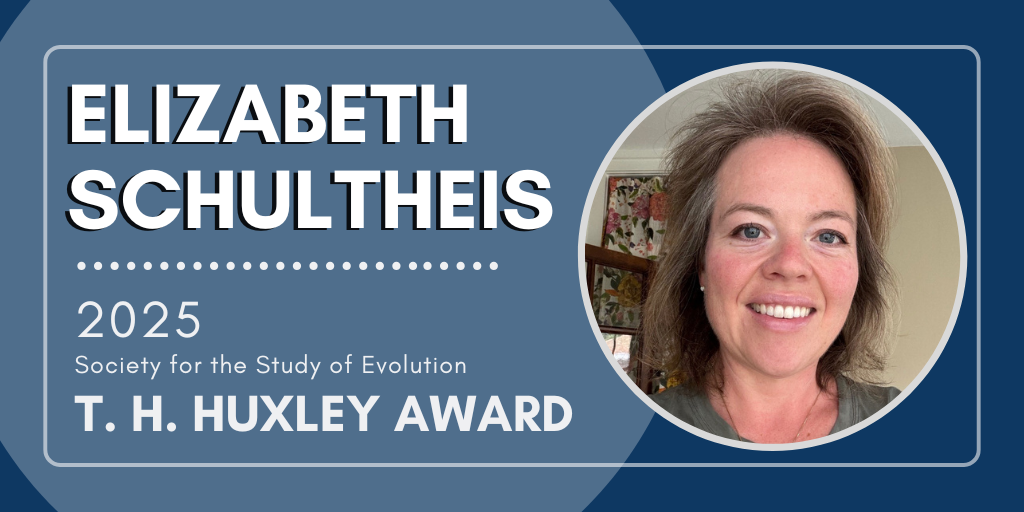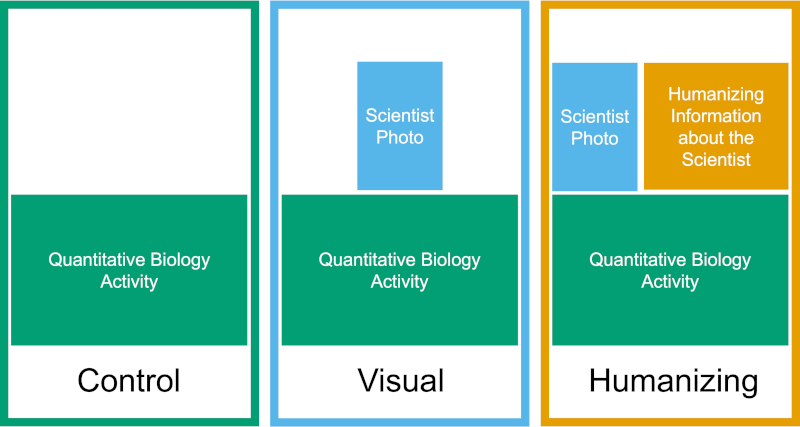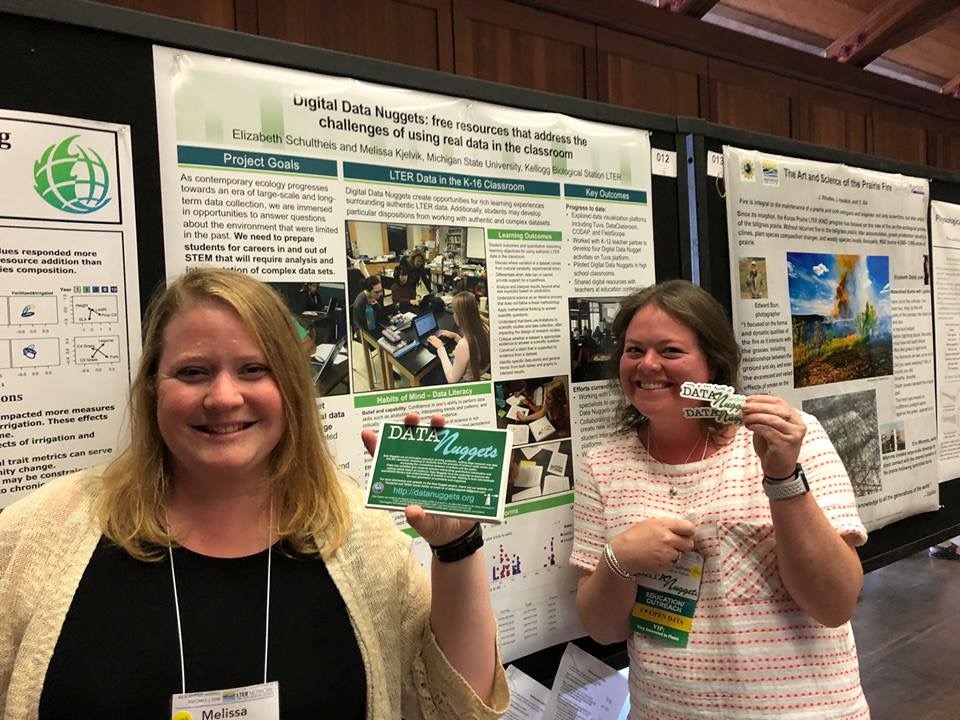Dr. Elizabeth Schultheis, co-Founder of Data Nuggets and Education and Outreach Coordinator at the W. K. Kellogg Biological Station’s Long Term Ecological Research Program, has been named a 2025 Sound Science Fellow by the National Center for Science Education (NCSE). This prestigious fellowship, aimed at advancing the teaching of evolution, climate change, and accurate scientific education, will provide six scholars with unique opportunities to engage in deep exploration and collaboration, building upon NCSE’s mission to ensure accurate and evidence-based science education in K-12 schools nationwide.
The Sound Science Fellowship is designed to address the ongoing challenges faced by teachers as they navigate issues such as scientific misinformation, evolving educational standards, and societal resistance to critical scientific topics. “We are so excited to welcome this exceptional group of scholars into the second cohort of the Sound Science Fellowship,” said NCSE Executive Director Amanda L. Townley. “These fellows are passionate about inspiring the next generation of scientifically literate citizens, and through this fellowship, they will have opportunities to inform, support, and expand our understanding and approaches to address challenges to the teaching and learning of topics such as evolution and climate science.”
The 2025 Sound Science Fellows were selected based on their dedication to science education and science teacher education, their proven ability to engage critically in research and teaching spaces, and their commitment to upholding the highest standards of scientific accuracy. As part of the fellowship, each fellow will work closely with experts in the fields of evolutionary biology or climate science as well as pedagogy to develop our understanding of best practices in education and emerging challenges while contributing to ongoing efforts to improve science education nationwide.
Along with Schultheis, the 2025 Sound Science Fellows are: Kelly Feille, Associate Professor of Science Education at the University of Oklahoma; Isaiah Kent-Schneider, Associate Professor of Science Education at Purdue University; Lauren Madden, Professor of Elementary Science Education at The College of New Jersey; Irene Marti Gil, Educational Outreach Coordinator at Louisiana State University Museum of Natural Science; and Chelsea McClure, Assistant Professor of STEM at The Notre Dame of Maryland University.
“These educators are at the forefront of ensuring that future generations are equipped to understand and engage with the most important scientific issues of our time,” Townley said. Schultheis will serve a term of two years. During her tenure, she will work on individual and collaborative projects, attend seminars with scientists and education leaders, and contribute to NCSE’s broader mission to promote and defend high-quality science education across the nation.
For more information about the Sound Science Fellowship and the National Center for Science Education, please visit: https://ncse.ngo/supporting-teachers/sound-science-fellowship .
*****
Contact: Paul Oh, NCSE Director of Communications, oh@ncse.ngo
